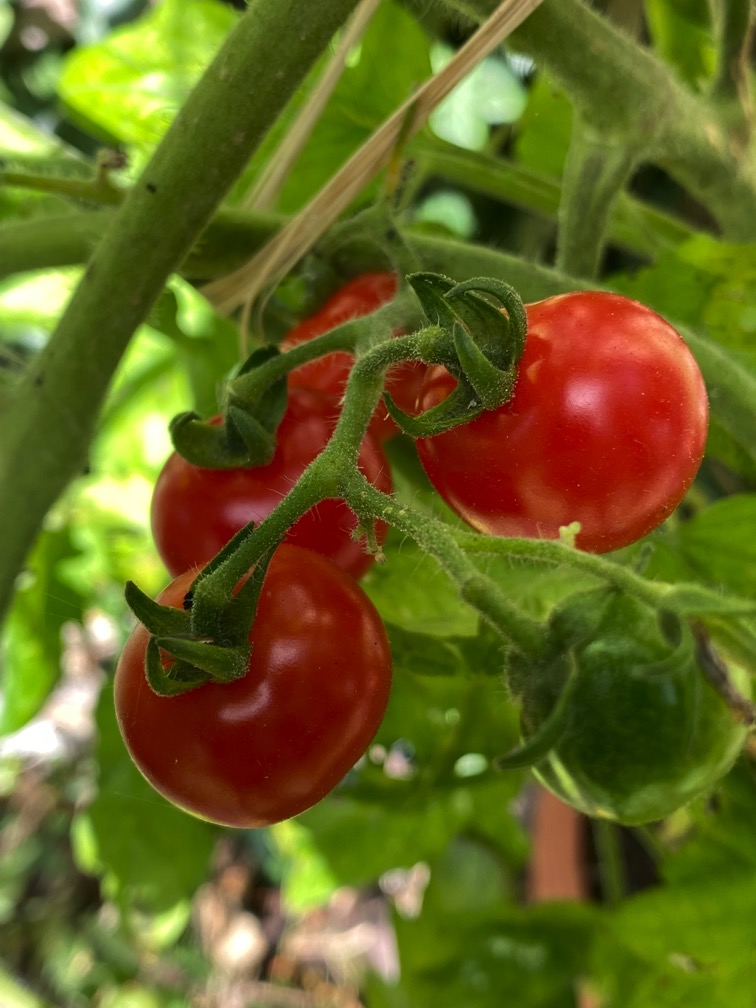We used to do the washing up in strict rotation. But we got out of sync.
Personal Blogs
French for grapefruit, and the name of the chief character in the book Monsieur Pamplemousse by Michael Bond, author also of Paddington Bear.
I don’t know why but the word suddenly popped into my head, and it made we wonder (for some reason) what grapefruit is in other European languages.
Looking at a few, there are basically two strands
1. Many languages, such as German, Danish, Russian, Gaelic ohave borrowed the English word, and that seems to have arisen from the fruits growing in clusters like grapes. I looked at some images and they really do, so the etymology is plausible.
2. Other languages have borrowed from Dutch pompelmoes = ‘fat lemon’, hence pamplemousse and Italian pompelmo etc.
I love grapefruit but I can’t really eat them nowadays because they might interfere with my medication.
They held the card machine to one side of my nose, and I brought my Apple Watch up to the other, to make a contactless payment. I was literally paying through the nose.
The barrister F. E. Smith (later 1st Earl of Birkenhead) was renowned for his sharp wit in court. For example
Judge: I have read your case, Mr Smith, and I am no wiser now than I was when I started.
Smith: Possibly not, My Lord, but far better informed.
Touching your pillow
Watching your pale brown eyes
Never to forget
There’s bigots but no smallots. Why is this?
There were three cats sat in a snug,
Purr, purr, purr.
And shed their hairs upon the rug,
Fur, fur, fur.
Oh god this food is crap.
Hate the decor.
Plates are cold.
This chair is doing my back in.
Really slow service.
Background music is rubbish.
And too loud.
Don’t think much of the view outside the window.
Why did we come here.
Don’t know big mistake.
How many stars?
0/5
I believe in moderation. But only to a degree.
‘Gubernator’ and ‘Cybernaut’ are ancestral the same word, which meant steersman, in Latin and Greek.respectively. How remarkable, that govern retains a similar meaning, yet cyber has gone its own way.
Light morning rain
When it stopped
We could hear a buzzard.
Sad news today. The inventor of the candle extinguisher has snuffed it.
First ripe outdoor tomatoes. They taste wonderful.

Not sure where I heard this one.
How would you organise a wedding in space?
Plan it.
Not sure where I heard this one.
How would you organise a wedding in space?
Plan it.
The Greek physician Hippocrates of Cos recorded in about 430 BCE that lettuce has sedative properties and it does indeed contain a mild narcotic. Perhaps taken to excess it could cause salad daze.
I say I say I say, on the way here I heard some sheep singing.
What were they singing?
I don’t know, I only caught the first few baas.
(Traditional joke)
This is the terminus of the North Norfolk Railway, which runs from Sheringham to Holt about 5 miles away. At this time of year there are about 9 trains each way a day, and the majority are pulled by steam which is rather thrilling!
Try saying this over and over
How cool is a cool cucumber?
I had a friend Rudolph who was a fervent communist but worked during the day selling umbrellas, macs, Wellington boots and other stuff designed to keep you dry. He was a real expert and would tell customers “Rudolph the Red knows rain gear”.
This pretty flower has appeared in our wildflower patch.

I think it’s a telesperma in the sunflower family apparently some telespermas produce flavonoids and are used by Navajo and Hopi Native Americans to make a herbal tea.
Don't cry-ee! Don't sigh-ee!
There's a silver lining in the sky-ee
Bon soir old thing! Cheerio, chin-chin!
Nahpoo! Toodleoo! Goodbye-ee!
From the popular WW1 song Good-bye-ee, by Weston and Lee. Look out for it in Oh What A Lovely War.
What does chin-chin mean though? I always vaguely imagined it was an English-Languge expression for "cheers" and to do with two people holding glasses to their chins to toast one another.
But no! It seems to have come into English and many other languages from Italian cincin (pronounced the same). I found several explanations, such as it being derived for the name of the famous vermouth, or the sharp sound made when two drinking glasses gently collide.
But these informal etymologies, though appealing, are almost certainly wrong. The word appears to be from a Europeanised version of Chinese quing-quing,請請, which means something like "please, welcome". Why it came first into Italian I don't know.
Napoo is for another day.
You with the broken National Health specs
Patched up with sticking plaster.
And your minuscule handwriting
Micrographia it’s called.
In the summer we’d escape through your bedroom window
Onto the flat roof beyond.
And talk there for ages.
But now I shall never see you again.
This blog might contain posts that are only visible to logged-in users, or where only logged-in users can comment. If you have an account on the system, please log in for full access.